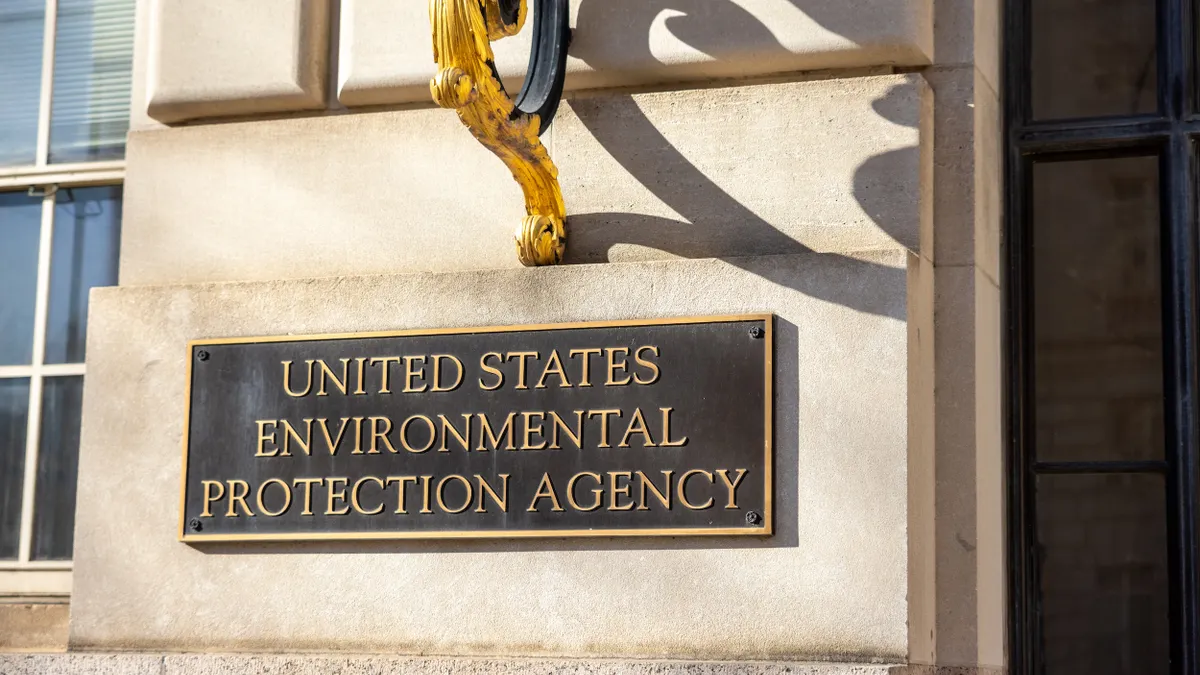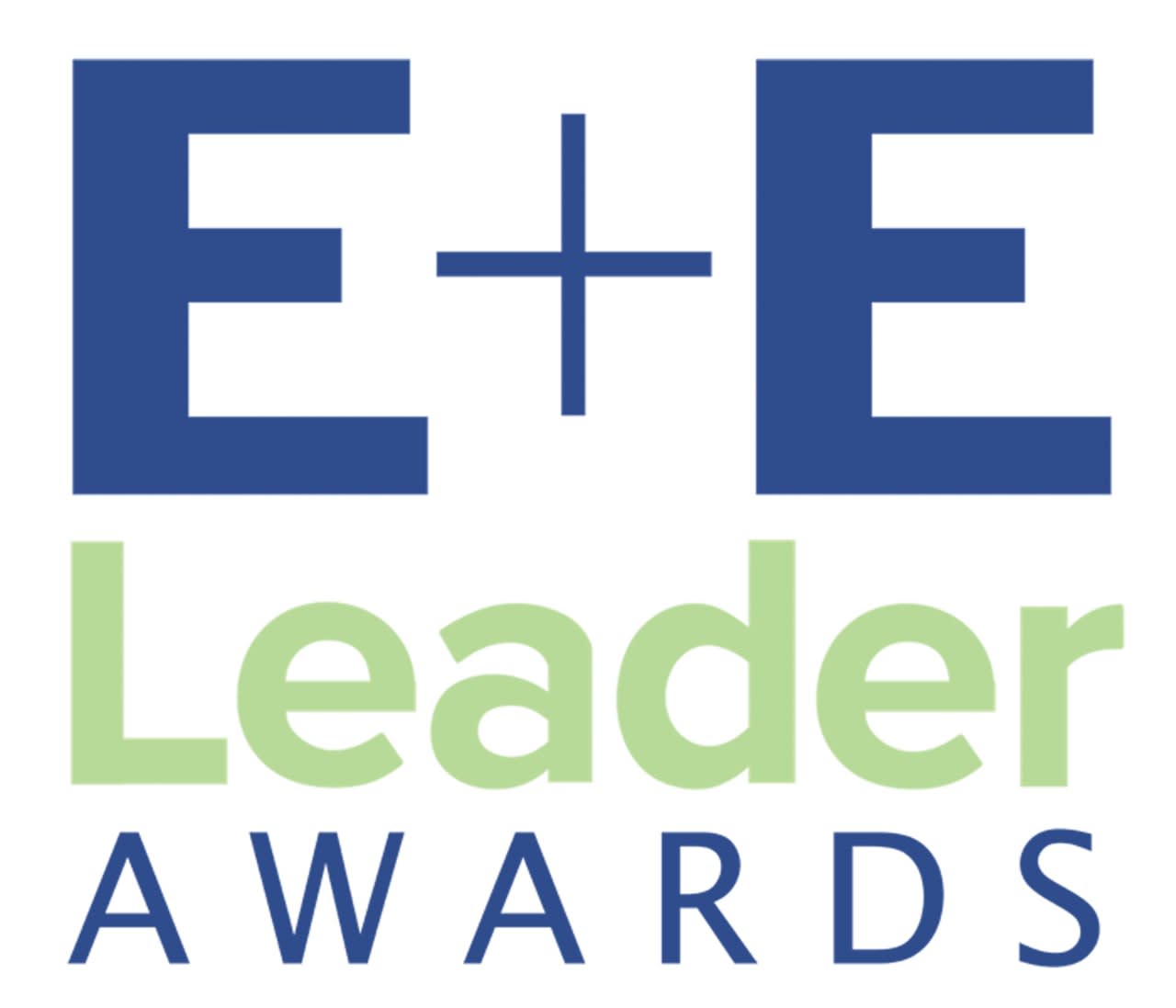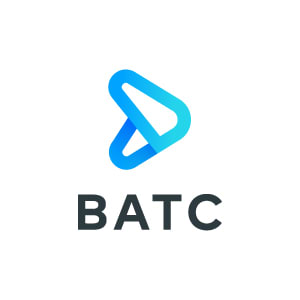Dive Brief:
- The U.S. Environmental Protection Agency published a proposed rule on Nov. 13 that would modify reporting requirements for perfluoroalkyl and polyfluoroalkyl chemicals under the Toxic Substances Control Act.
- The revised rule aims to make the reporting regulations “more practical” and easier to implement in an effort to reduce unnecessary or duplicated records while maintaining the ability to collect the required PFAS information.
- “Today’s proposal is grounded in commonsense and the law, allowing us to collect the information we need to help combat PFAS contamination without placing ridiculous requirements on manufacturers, especially the small businesses that drive our country’s economy,” EPA Administrator Lee Zeldin said in a Nov. 10 statement.
Dive Insight:
The actions align with Zeldin’s “Powering the Great American Comeback” initiative that aims to reduce regulatory reporting burdens as well as provide industry certainty and cut costs, according to the press release. It also will help ensure the EPA receives PFAS data that’s deemed the most relevant to the agency.
Changes in the regulation add reporting exemptions, including 0.1% or lower of PFAS manufactured in mixtures or products, imported materials or products, byproducts not used for commercial purposes, impurities, research and development substances and non-isolated intermediates.
Additionally, the proposed rule would reduce manufacturers’ financial burden. The EPA estimated it could result in 10 to 11 million fewer hours spent, or cost savings between $786 million and $843 million to gather information to comply with the reporting rule. For small manufacturers, the agency estimated they will be relieved between 9.3 million and 9.9 million hours, or approximately $703 million to $761 million.
The current version of the TSCA rule, which was finalized and enacted in 2023, will cost the industry 11.6 million hours, or approximately $800 million, to gather the information needed for compliance.
Not changing is the EPA’s PFAS definition and the reporting period of Jan. 1, 2011 to Dec. 31, 2022. Still, the agency is asking the public to comment if it should limit reporting to PFAS with a chemical identification number, TSCA-designated number, or low volume exemption numbers.
The public has until Dec. 29 to comment on the EPA’s proposed changes.
The proposal means the deadline has been pushed for the third time. In May, the agency delayed implementation of its PFAS reporting rule, which was set to begin April 13, 2026, with a deadline of Oct. 13, 2026, for most manufacturers. For qualifying small manufacturers, their deadline was moved from July 11, 2026, to April 13, 2027. The EPA first delayed implementation in September 2024.
The submission will begin 60 days after the new rule is finalized and will last for three months.
Businesses should reassess whether the suggested exemptions and clarifications will change their reporting position, according to a blog post by law firm Ballard Spahr.
“Products importers, labs and R&D divisions, facilities with closed‑system intermediates, and manufacturers with trace PFAS concentrations may find that reporting obligations are eliminated or sharply reduced,” per the post. “PFAS manufacturers that remain in scope should inventory their known or reasonably ascertainable information on identity, volumes, processing and use, byproducts, disposal, exposures, and existing environmental and health data. Given the proposed compressed submission window, early planning will be critical if the amendments are finalized.”
In a separate blog post, law firm Hunton Andrews Kurth wrote that stakeholders affected by the reporting rule are encouraged to provide feedback to the EPA “on every aspect of the proposed rule, particularly the proposed reporting exemptions.”
However, Cally Edgren, VP of regulatory and sustainability at consulting firm Assent, said that if manufacturers think they are out of the TSCA scope, they’re not, adding that PFAS due diligence is still critical, she wrote in a Nov. 14 post on the company’s blog.
For one, manufacturers will still have to comply with state and global regulations. Moreover, companies such as 3M, which expects to sunset its PFAS use by year’s end, are phasing out the toxic substances. Furthermore, consumers are becoming more aware of what’s in their products.
“TSCA Section 8(a)(7) is just one piece of legislation in an expanding global PFAS regulatory landscape,” Edgren wrote. “Organizations that pause their PFAS efforts in response to the EPA’s proposed exemptions risk falling behind competitors that continue to collect data, engage suppliers, and build transparency.”















